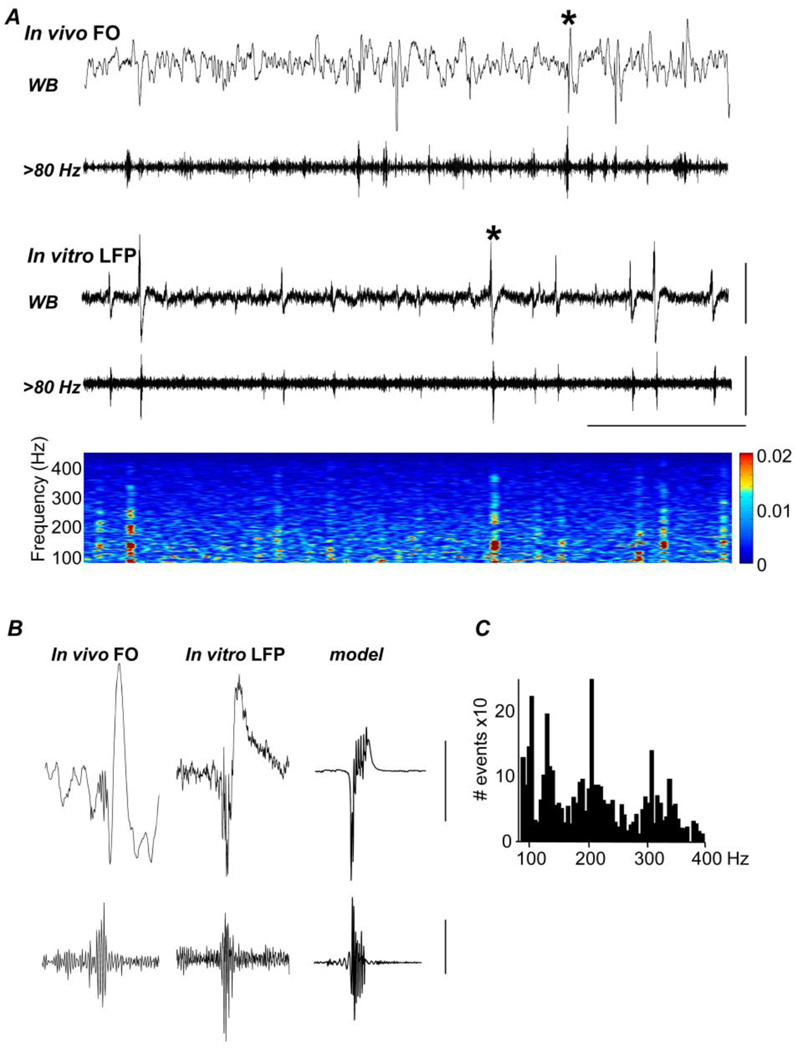Fig. 7. Very fast oscillations (VFOs) are spontaneously generated in human temporal neocortical slices in vitro: VFO superimposes on bursts (but can also occur alone, not shown here.).
(A) Foramen ovale (FO) electrodes, implanted in a patient with right mesial temporal lobe sclerosis, demonstrate spike and wave interictal events recorded in wide band pass (WB) mode. The band pass filtered trace (20s duration) illustrates that oscillatory activity above 80 Hz is observed coincidently with the sharp wave complex. In vitro local field potential (LFP) recordings in slices of superior mediotemporal cortex (20 sec duration), resected from the same patient, demonstrate spontaneous sharp wave discharges. The band pass filtered trace reveals VFO behavior associated with the sharp wave discharges, as can be seen in the color-coded spectrogram of the activity illustrated. (B) Comparison of two selected (denoted by asterisk) events from in vivo FO and in vitro LFP - inverted for reference to the far field potential FO data - reveal a similar location of the VFO activity at the initial stage of the sharp wave event. A cortical column model, containing synaptic (excitatory and inhibitory) and gap junctional connections, reproduced the VFO and the initial low frequency envelope of the interictal discharge. Scale bars (A) 500 µV (upper), 200 µV (lower) and 5s, (B) 200 µV (upper), 100 µV (lower). Scale bars for the model ‘field’ are arbitrary. (C) Histogram displays the total number of detected VFO events from 80 to 400 Hz (n = 20, epochs of data = 60 s). Bin width of histogram was 5 Hz. From Roopun et al. (2010).

